Anyone strolling along the north side of St Stephen’s Green would barely notice Stephen Court. To most people it’s just another office block that’s been part of the Dublin streetscape for half a century or more – though it did acquire notoriety as the headquarters of Anglo Irish Bank, leading lender to property developers during the phosphorescent phase of the Celtic Tiger era.
Look more closely and you should be able to see that the modernist brown-brick facade of Stephen Court, with its projecting bronze-anodised glazing units, sits remarkably well between two grand mid-18th century Georgian houses. Even the rough white bush-hammered concrete of its arcaded ground floor and cantilevered entrance portico has stood the test of time.
Designed by Andrew Devane, a distinguished Irish architect and devotee of the great American pioneer Frank Lloyd Wright, the building was completed in 1971. Four years later it won a high commendation in the European Architectural Heritage Year awards and is still generally recognised as an exemplar of contemporary architectural infill in a historic setting.
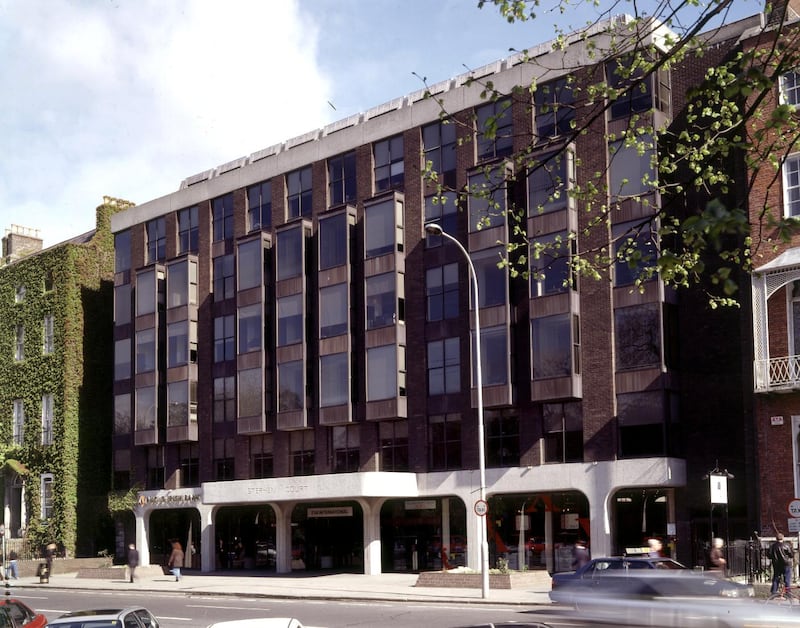
Devane grew up in Georgian Limerick and spent much of his career reordering older Catholic churches to comply with the decisions of the Second Vatican Council and designing new ones, such as the stunningly beautiful chapel at St Patrick’s College in Drumcondra, in north Dublin, from 1964. He gave up architecture in 1980 and spent the last 20 years of his life working in Calcutta with Mother Teresa’s Missionaries of Charity.
RM Block
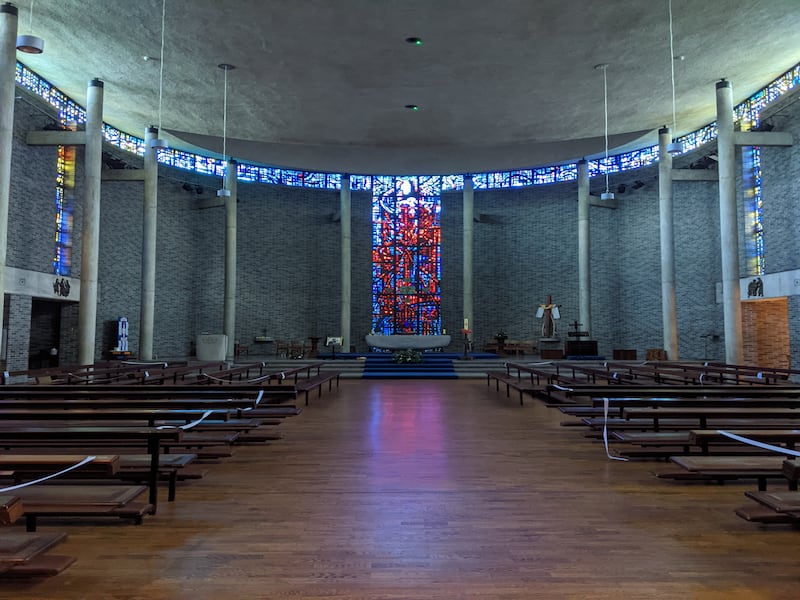
Stephen Court is featured as a case study in the second volume of More Than Concrete Blocks, an extensive survey of the city’s 20th-century architecture, commissioned by Dublin City Council’s heritage officer, Charles Duggan, and led by the architectural historian Dr Ellen Rowley. It hails Stephen Court for providing “a new solution to ‘infill’ terrace building in 1970s Dublin”.
The three-block office complex was designed at a time of growing public protest against the demolition of Georgian houses in the city, culminating in the battle to save Hume Street in 1969. For the “conscientious” Devane, “the replacement of historic buildings with modernist office structures demanded thoughtful and contextual design”, as the case study notes.
Although the construction of Stephen Court required the demolition of four 18th-century buildings, including one that was quite superb, I acknowledged in my first book, The Destruction of Dublin, from 1985, that “almost everyone agreed that this award-winning building, set around a sculptured courtyard, harmonised rather well with the established environment of the Green”.
But Irish Life Assurance, which developed Stephen Court, now wants to get rid of it – to make way for a new office complex that would be 50 per cent larger – and Dublin City Council planners unaccountably decided to grant permission, despite earnest pleas from objectors (including myself) and despite the council’s conservation division strongly recommending a refusal.
[ Andrew Devane obituary: Huge output mirrored by profoundly spiritual personaOpens in new window ]
Even the London-based CityDesigner consultancy, in a heritage-significance report commissioned by the developer, agreed that at least the front elevation of Stephen Court was worthy of retention, “owing to its carefully considered response to its Georgian neighbours and its success in integrating into this sensitive context while presenting a decidedly modernist aesthetic”.
Although the council planners’ report stated that “this opinion is accepted by the Planning Authority”, and there is also “a presumption against the demolition or substantial loss of a structure that positively contributes to the character of a Conservation Area” in the new city plan, it bought the argument that Stephen Court’s relatively low floor-to-floor heights constituted a fatal flaw.
While it was “regrettable that an example of the distinguished architect Andy Devane’s work should be demolished”, the report concluded that “on balance given the constraints within this building it is considered that the demolition and the redevelopment of this site with a well-designed modern building with a simple palette of materials is acceptable in this instance”.
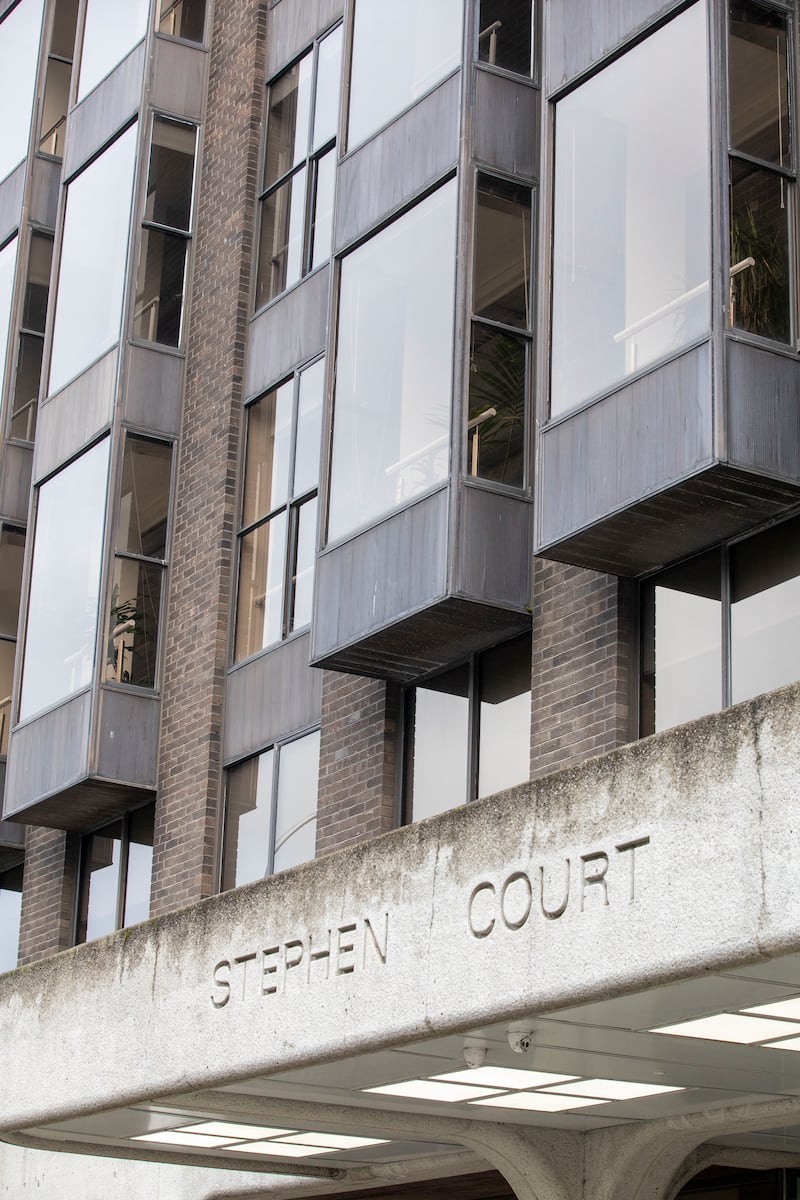
Irish Life’s extraordinarily busy architects, Henry J Lyons, or HJL, were required to submit a detailed report to justify demolishing Stephen Court, including an examination of “embodied carbon” – one of the major issues raised by objectors to the plan to replace it with a new office complex. This has now become a material consideration in the context of the global climate emergency.
It’s at the core of a controversy in London over Marks & Spencer’s plan to demolish its original flagship store on Oxford Street, a remarkably solid-looking art-deco structure dating from 1930, and replace it with a larger building. The Royal Institute of British Architects has also called for a halt to needless demolition so that the UK might achieve its “net zero” target by 2050.
[ HJL: The little known architectural firm that is transforming DublinOpens in new window ]
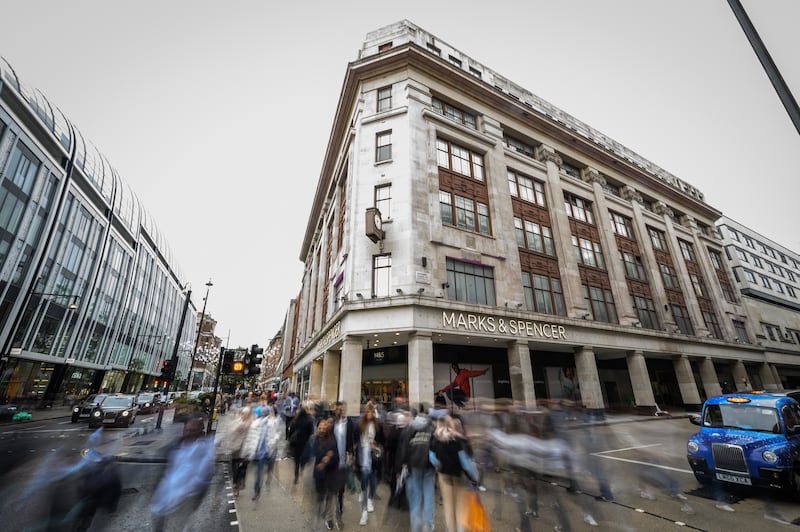
In her observation on Stephen Court, Angela Rolfe, former assistant principal architect at the Office of Public Works, wrote: “The demolition of 14,000 sq metres of carbon-rich concrete structure and its replacement with a 21,000 sq metre new building, which will require the extraction of natural resources and fossil fuels thereby releasing more carbon, is totally irresponsible”.
Emmett Scanlon, former architecture adviser to the Arts Council, wrote that “demolishing an office building to rebuild an office building is an outrageous proposal ... given the climate emergency and the role and impact construction is playing in this”, adding that “intelligent design and reasonable compromise can overcome issues such as servicing and ceiling heights”.
According to the Irish Green Building Council, construction and the built environment account for 37 per cent of Ireland’s carbon emissions – equivalent to agriculture’s prodigious output. Much of this is from the energy we use to heat, cool and light buildings, but nearly a third is embodied carbon in the concrete, steel, glass and brick used in construction and disposed of by demolition.
[ Ugly, dated Dublin: Learning to love our concrete jungleOpens in new window ]
Over the past five years numerous office blocks in Dublin have been demolished, including buildings of significant architectural merit such as Robin Walker’s Bord Fáilte, now Fáilte Ireland, headquarters (1962), Shoolheifer & Burley’s Fiztwilton House (1969), Stephenson & Gibney’s ESB offices (1970) and AIB’s campus-style Bankcentre in Ballsbridge (1978), designed with great sensitivity by Andy Devane.
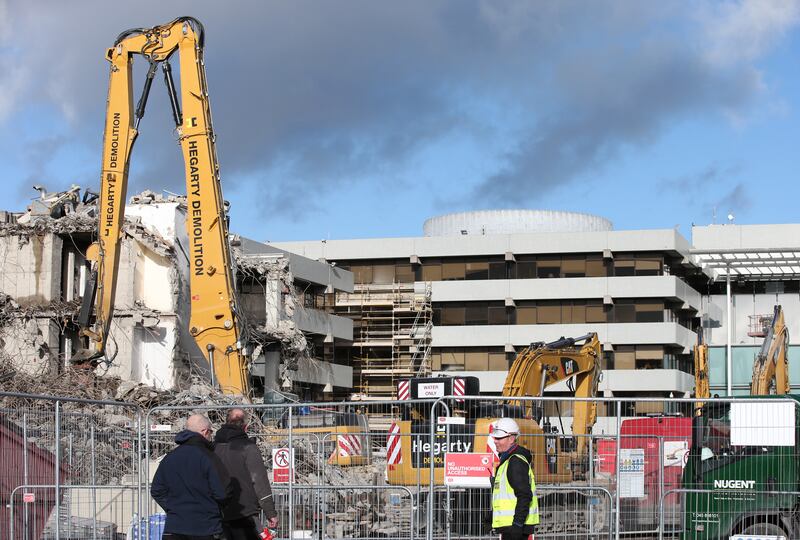
This has happened because Dublin City Council declined to act on its own commissioned More Than Concrete Blocks survey by adding important examples of 20th-century architecture to the city’s record of protected structures – despite receiving nominations, dating back to 2010, from the Irish committee of DoCoMoMo, which seeks to preserve the modernist heritage.
Stephen Court was among those nominations. But while Irish Life’s headquarters on Lower Abbey Street – designed in a similar style by Devane – is being refurbished, HJL insists that the building is not capable of being upgraded to meet current standards for high-end office space due largely to its rather mean floor-to-floor heights, 400mm lower than in the Irish Life Centre.
But we need to think outside the box. Other options were not examined, such as a simpler upgrade of Stephen Court’s streetfront block to create funky offices that might appeal to tech start-ups, for example, or its conversion into apartments with southerly views of St Stephen’s Green as good as any from expensive suites in the nearby Shelbourne Hotel.
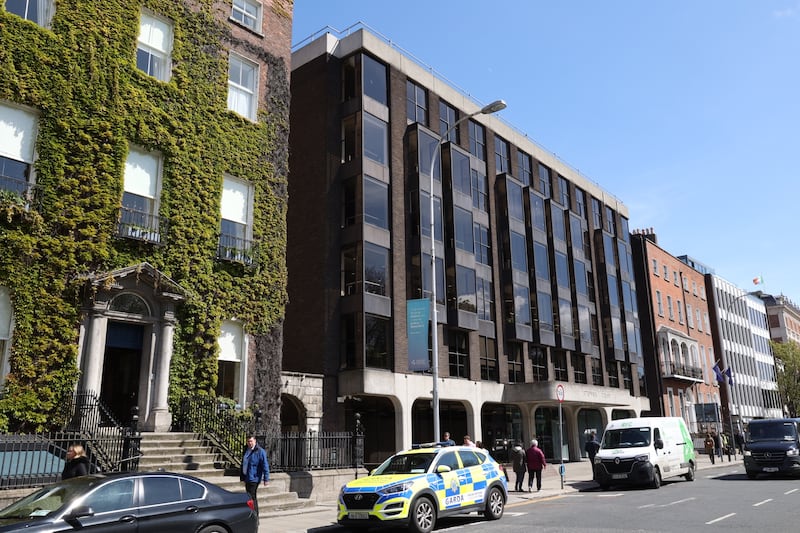

HJL redesigned the facade of the proposed replacement in two layers, a fully glazed envelope fronted by “free-standing elements of vertical brick panels which command the outer aesthetic”, as CityDesigner put it, describing this as “an optimum solution”. The brown brick also seems consciously intended to echo Devane’s building from half a century ago.
But however the facade is presented, it would entail the erasure of the original building. And although the total amount of carbon that would be consumed by its demolition and redevelopment has not been fully quantified, the architects suggest that, when this is evaluated between now and 2050, “the new-build option is projected to outperform the existing building by 5 per cent”.
The Kildare Street and University Club, which occupies one of the adjoining buildings, has appealed Dublin City Council’s decision to An Bord Pleanála, fearing that its very existence could be jeopardised by the demolition and redevelopment of Stephen Court, part of which occupies the club’s former garden. I have also made a lengthy submission in defence of Devane’s work.
The fate of Stephen Court is now in the hands of the board and its planning inspectorate.





















